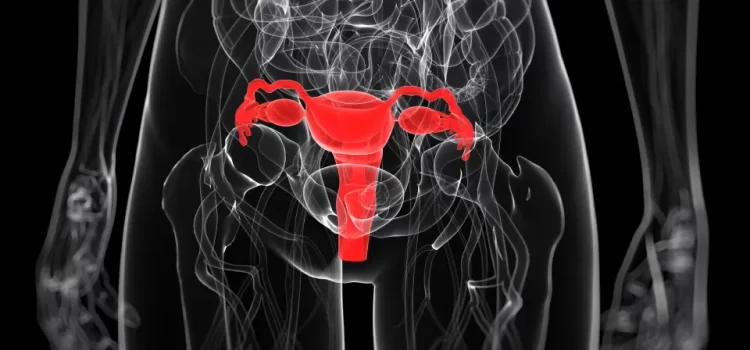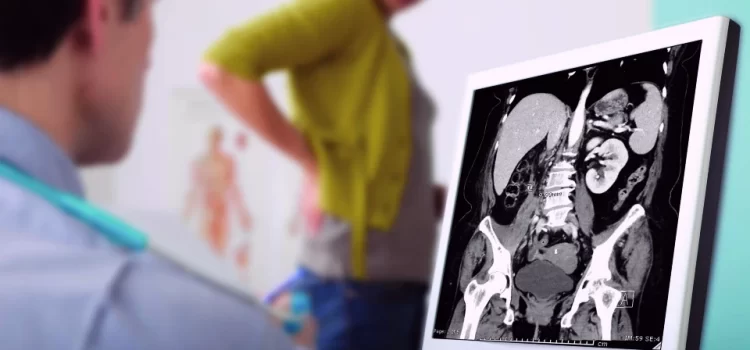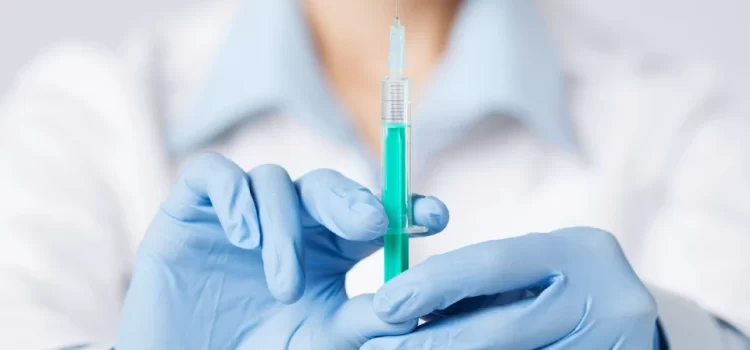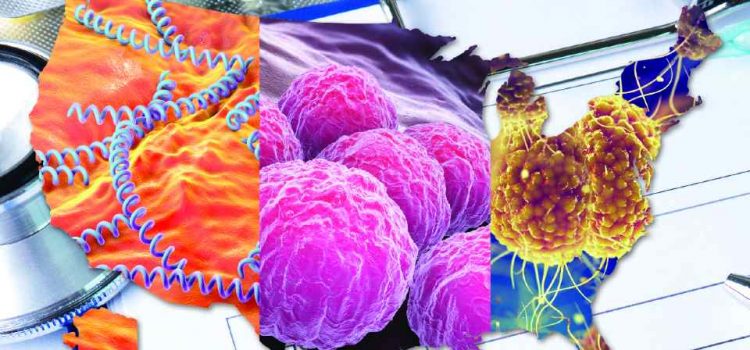Urgent message: Ultrasound can provide essential data in the evaluation and urgent care of abnormal uterine bleeding, by facilitating a rapid diagnosis and immediate and appropriate decisions regarding management. Andrew Alaya, MD, MSc Citation: Alaya A. How useful is ultrasound in abnormal uterine bleeding? J Urgent Care Med. 2023;17(7):13-18. Key words: abnormal uterine bleeding, AUB polyp, adenomyosis, leiomyoma, uterine malignancy ABSTRACT Abnormal uterine bleeding (AUB) is one of the most common gynecological conditions presenting at …
Read More









